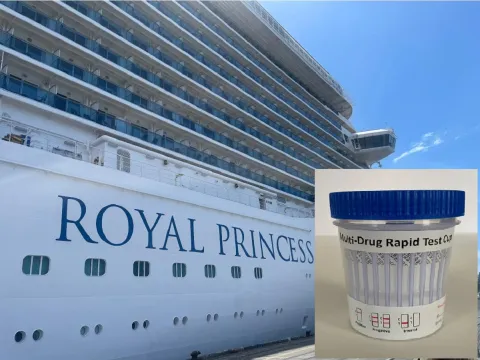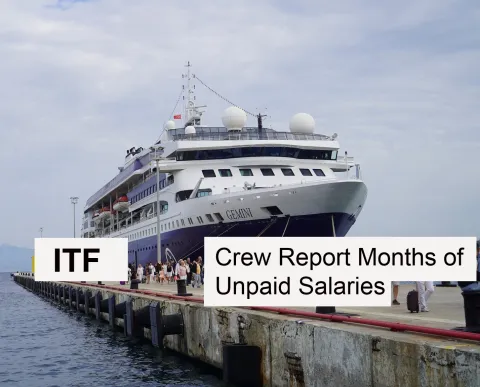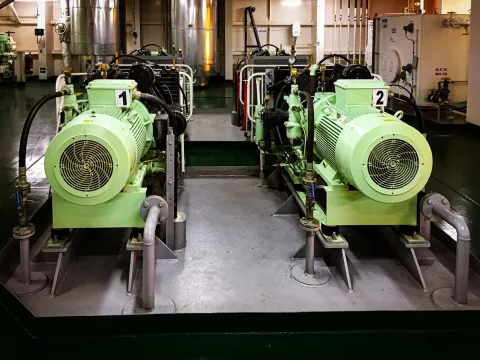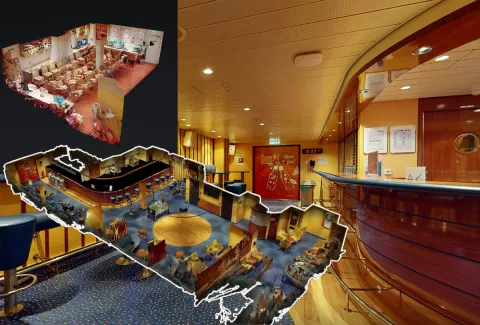
Iceland has taken a significant step toward preserving its natural beauty by welcoming cruise ships to connect to the shore power grid. This environmentally conscious initiative aims to reduce emissions and minimize the impact of cruise ships on the country's picturesque ports. The MS Maud, operated by Hurtigruten Expeditions, has led the way as the largest cruise ship to date to utilize shore power in Reykjavik.
The MS Maud, with a passenger capacity of up to 570 passengers, may be considered relatively small compared to some of the cruise ships that navigate the world's oceans. However, its groundbreaking connection to the shore power grid in Reykjavik demonstrates that size is not a barrier to adopting cleaner and more sustainable energy solutions.
Shore Power: A Green Alternative for Cruise Ships
Shore power, also known as cold ironing or shore-side electricity, is an innovative solution that allows cruise ships to switch from using their onboard generators to utilizing electricity from the local power grid while docked at port. This simple but effective transition results in cleaner air and fewer greenhouse gas emissions. The challenge, however, has traditionally been the compatibility of different cruise ships with varying power systems and the need for infrastructure to support this green initiative.
Iceland's Commitment to Sustainable Ports
In response to the growing demand for shore power connectivity, the port company Faxaflóahafnir in Reykjavik has taken a proactive approach. They now offer cruise ships a power supply ranging from 440 V to 690 V with a frequency of 50 or 60 Hz. This robust power infrastructure can deliver up to 1.5 MVA (megavolt-amperes) at 690 V. Moreover, plans are underway to build a facility that can accommodate larger cruise ships within the next three years, showcasing Iceland's commitment to sustainability.
The most remarkable aspect of Iceland's shore power initiative is the source of the electricity itself. Much of the power delivered to these ships is generated from renewable sources, harnessing the country's abundant clean energy resources. This aligns perfectly with Iceland's reputation as a global leader in renewable energy production, primarily through its utilization of geothermal and hydroelectric power.
A Multi-Port Effort
While Reykjavik has made substantial progress in implementing shore power connectivity, it's not the only Icelandic port embracing this green revolution. Hafnafjörður, a neighboring town, has also invested in shore connections. The Le Bellot, operated by the French shipping company Ponant, was among the first to benefit from this eco-friendly infrastructure in 2022. Calculations by the port company Hafnafjarðarhöfn estimate that connecting the Le Bellot to shore power saved up to 14 tons of CO2 during its stay. Just like Reykjavik, Hafnafjörður offers power options ranging from 400 to 690 volts at 50 or 60 Hz, with a maximum capacity of 1.5 MVA.
Additionally, other ships calling at Icelandic ports, such as Eimskip's container vessels in Sundabakki, have also adopted shore power connectivity. This eco-conscious choice has reduced greenhouse gas emissions by an impressive 750 tons per year. These efforts illustrate the widespread commitment in Iceland to minimizing the environmental impact of cruise ships and cargo vessels.












